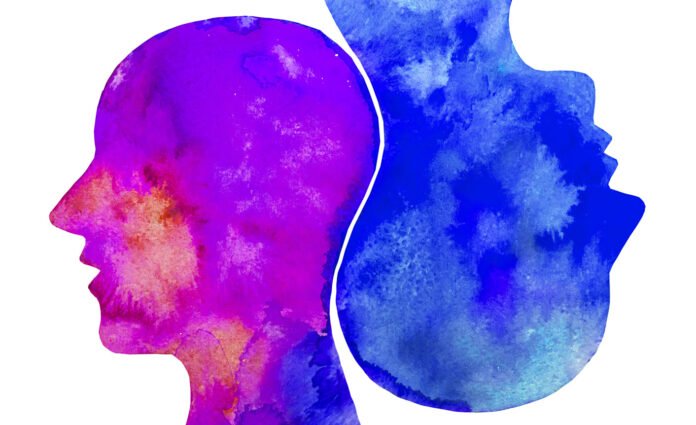Empathy, the ability to understand and share the feelings of another, is a powerful force that transcends individual experiences and connects us on a deeply human level. But what does empathy look like in practice? How can we recognize and cultivate this essential quality that fosters understanding and compassion?
At its core, empathy is a dynamic and multifaceted concept that manifests in various ways. One of the most evident expressions of empathy is active listening. When someone is truly engaged in a conversation, offering their undivided attention, and responding thoughtfully, it reflects a genuine effort to understand the emotions and perspectives of the other person.
Non-verbal cues also play a significant role in conveying empathy. Facial expressions, body language, and gestures can communicate volumes about our emotional state and our ability to connect with the feelings of others. A warm smile, a nod of understanding, or a comforting touch can convey empathy in moments when words may fall short.

Empathy is not confined to positive emotions; it extends to acknowledging and validating negative feelings as well. When someone is going through a challenging time, expressing empathy involves recognizing their pain or struggle without judgment. Offering words of support, such as “I understand this must be difficult for you,” or “I’m here for you,” underscores a willingness to share in their emotional experience.
Putting oneself in another person’s shoes is a quintessential aspect of empathy. It involves stepping outside our own perspectives and biases to appreciate the unique journey of someone else. This requires a level of openness and humility, acknowledging that each person’s reality is shaped by their individual circumstances, experiences, and emotions.
More About Empathy
Empathy is not limited to face-to-face interactions; it extends to our digital interactions as well. In the age of technology, expressing empathy online involves thoughtful and considerate communication. Responding with kindness, avoiding harsh judgments, and being mindful of the impact our words can have on others contribute to fostering an empathetic online environment.
Acts of kindness, big or small, are tangible expressions of empathy. Whether it’s offering a helping hand to someone in need, volunteering for a cause, or simply being considerate in daily interactions, these actions reflect a genuine concern for the well-being of others.
Cultivating empathy requires self-awareness and a willingness to continuously learn and grow. It involves actively seeking to understand diverse perspectives, challenging our assumptions, and embracing the richness of human experiences. Reading literature, engaging in meaningful conversations, and exposing ourselves to different cultures are avenues through which we can broaden our empathetic capacities.
Empathy is not a one-size-fits-all concept; it takes different forms depending on the context and the individuals involved. However, at its essence, empathy is about creating connections, fostering understanding, and contributing to a more compassionate and supportive world. As we navigate the complexities of human relationships, recognizing and practicing empathy becomes a powerful tool for building bridges, nurturing emotional connections, and fostering a shared sense of humanity.

